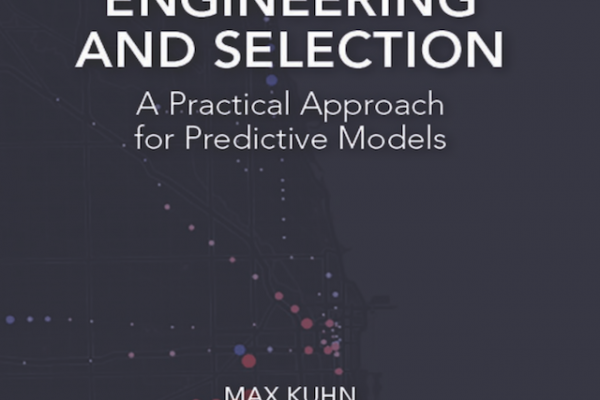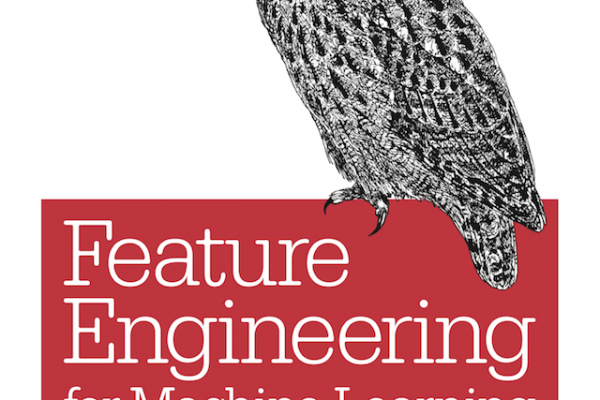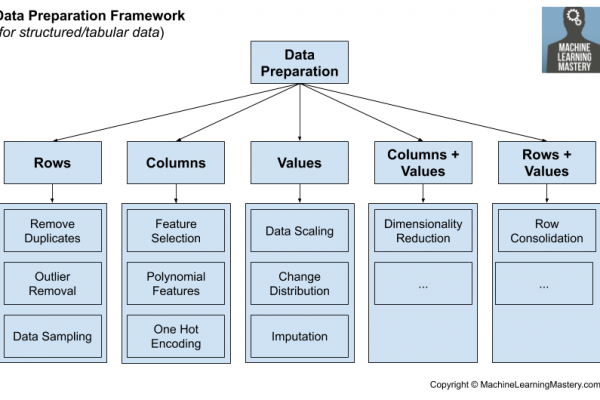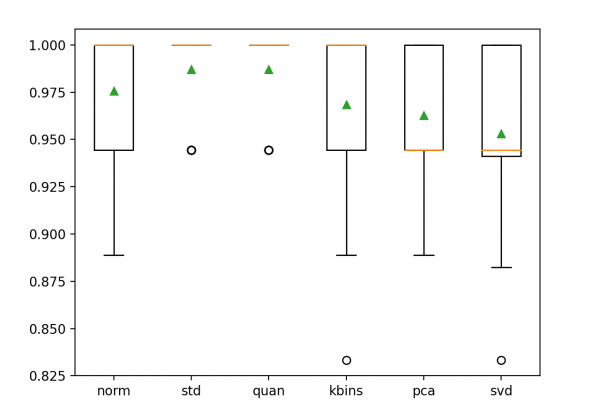Feature Engineering and Selection (Book Review)
Last Updated on June 30, 2020 Data preparation is the process of transforming raw data into learning algorithms. In some cases, data preparation is a required step in order to provide the data to an algorithm in its required input format. In other cases, the most appropriate representation of the input data is not known and must be explored in a trial-and-error manner in order to discover what works best for a given model and dataset. Max Kuhn and Kjell […]
Read more








